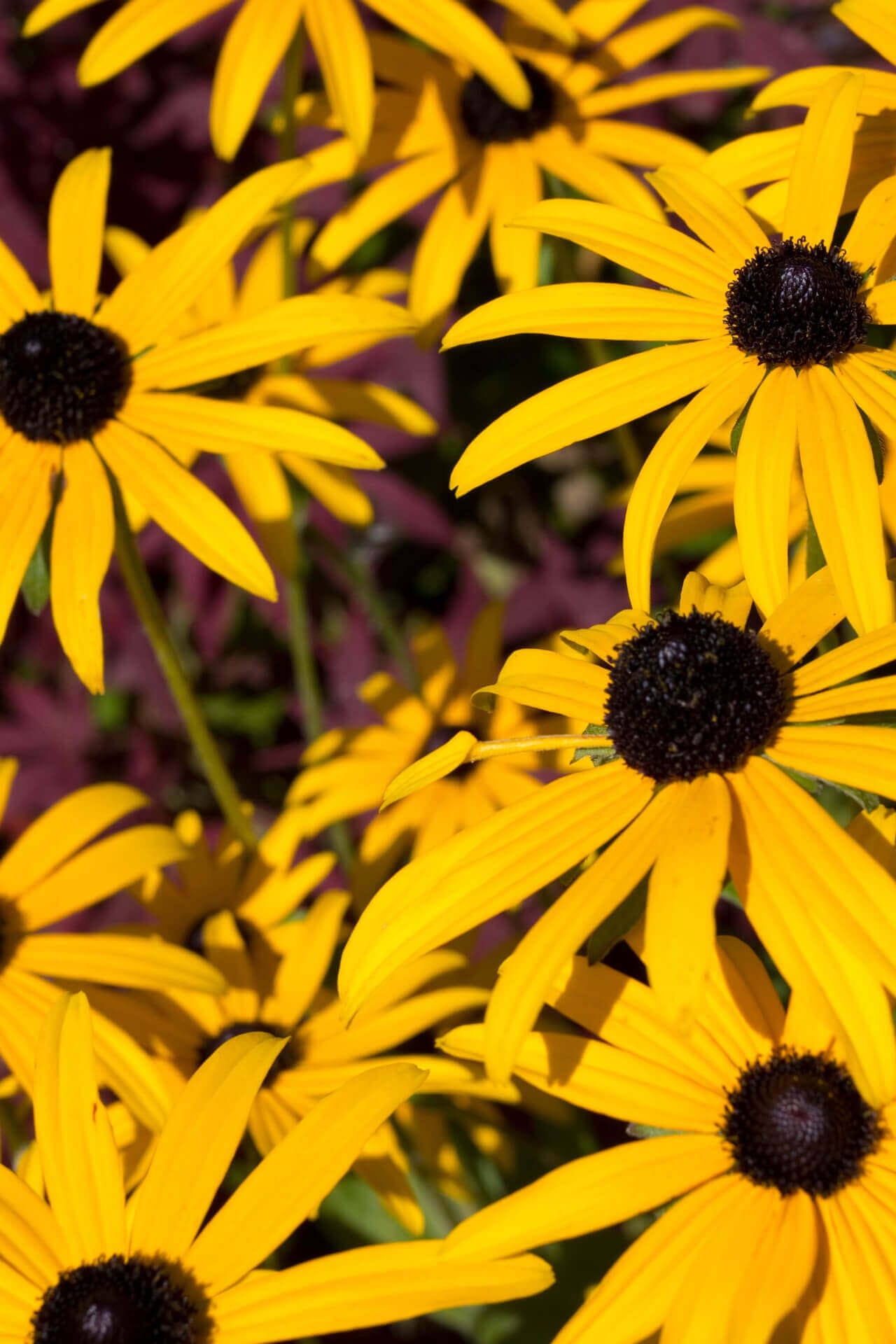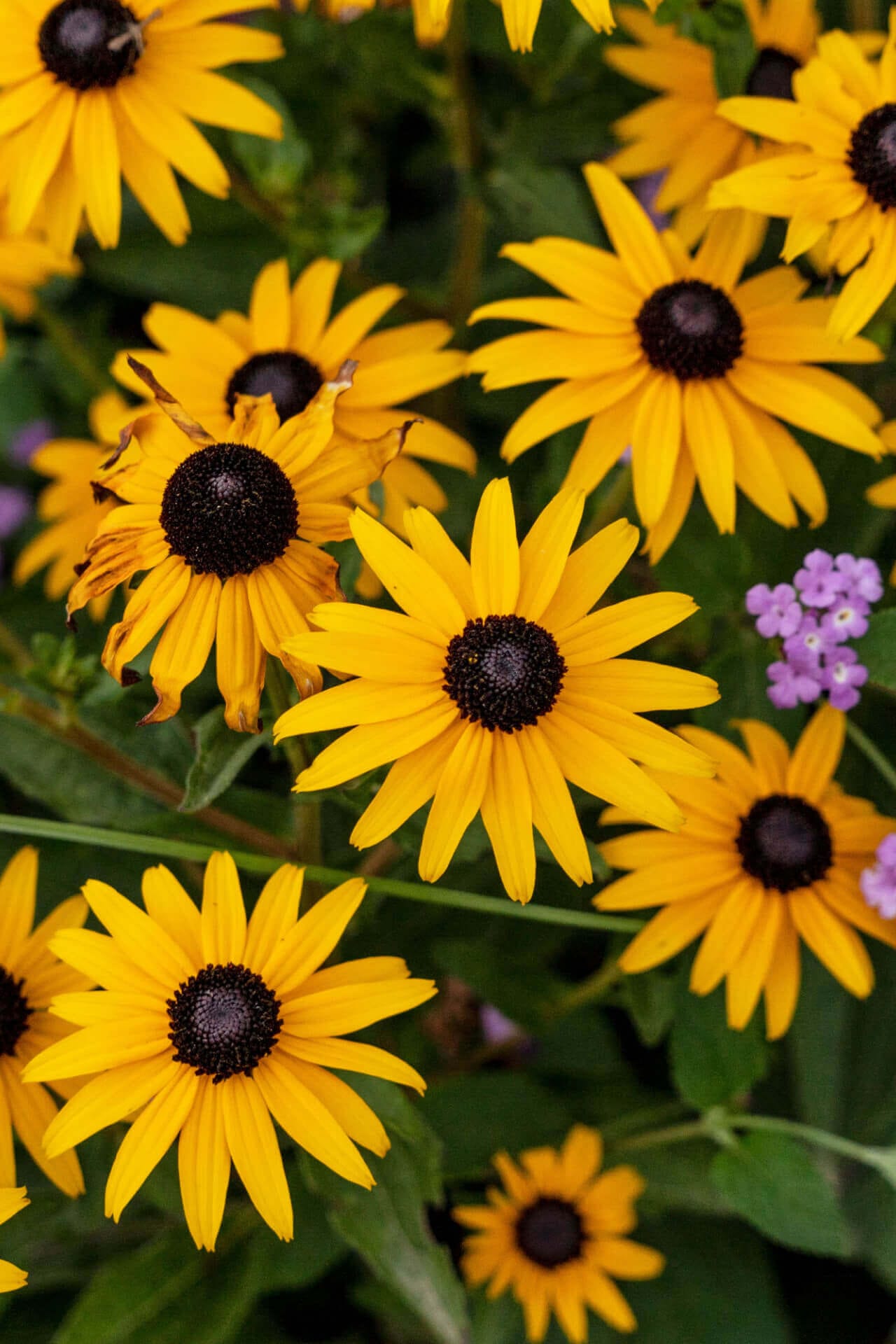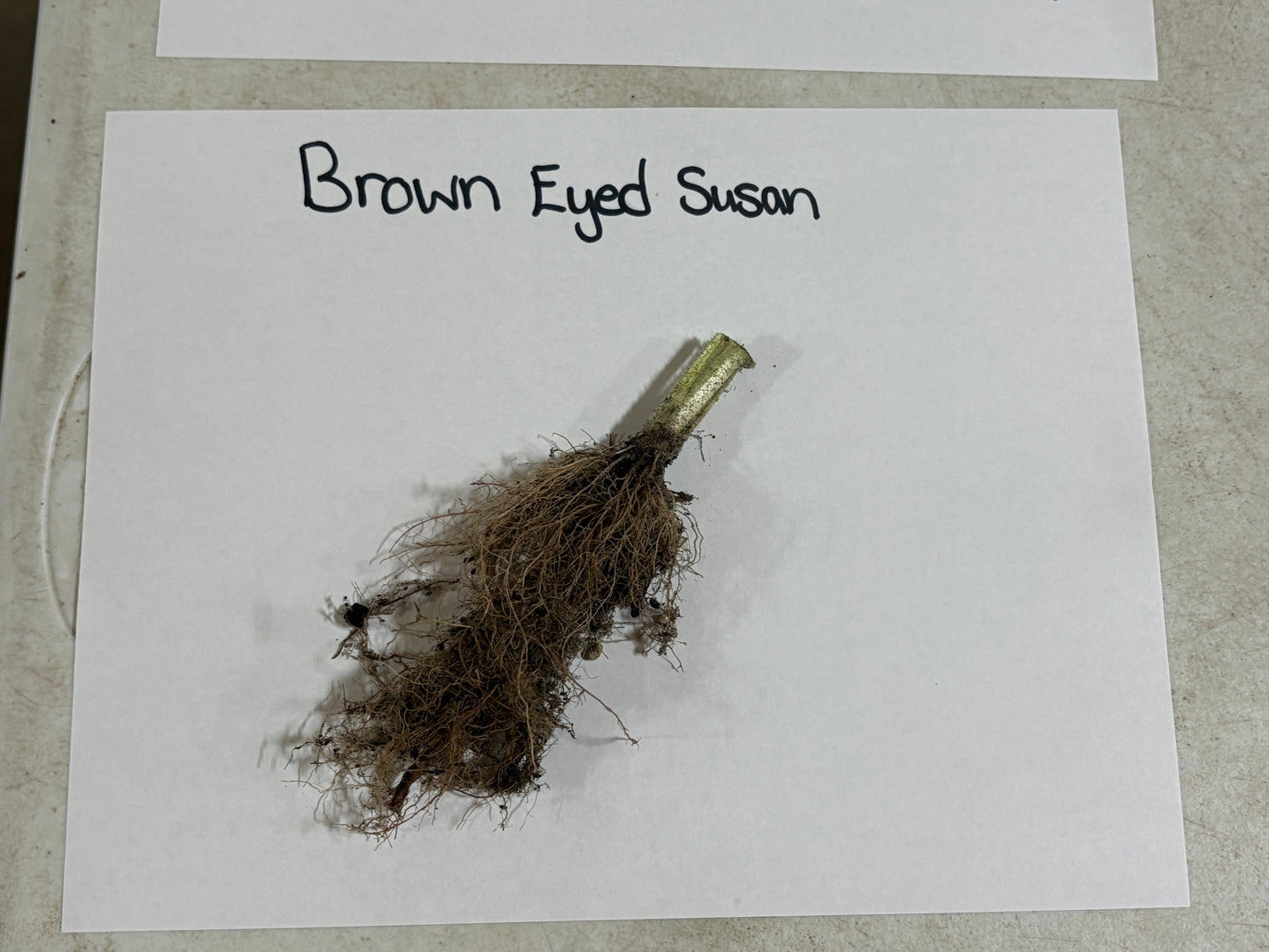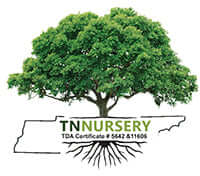Brown Eyed Susan
Couldn't load pickup availability
Ships 10-12 Days
Over 12"
Full Sun
3-9
Flowering
Bare-root
Rudbeckia Triloba - Brown Eyed Susan
Brown Eyed Susan is a type of wildflower from the Sunflower family. Its scientific name is Rudbeckia triloba. It is native to North America and can be found in many parts of the U.S. and Canada. The flower typically has yellow petals and a dark brown center disk. It blooms in the summer and can grow up to 3 feet tall. The plant likes full sun and well-drained soil and can be found in meadows, prairies, and roadsides.
Known For Its Hardiness
This plant is known for its hardiness and ability to grow in various planting conditions. It is a popular choice for gardeners looking to add a touch of native beauty to their landscapes. Additionally, the plant is a favorite of pollinators, including bees and butterflies, making it a valuable addition to any wildlife garden.
Brown Eyed Susan Facts
They prefer full sunlight, so choose a spot that receives at least 6-8 hours of direct sunlight daily. It prefers well-drained soil that is slightly acidic to neutral (pH 5.5 to 7.0). It can handle many soil types, including clay and sandy soils, as long as the soil is well-draining. Water is drought-tolerant but will benefit from regular watering, particularly during dry spells. Water deeply once a week rather than frequent shallow watering. Temperature: It is hardy in U.S.D.A. zones 3-9 and can tolerate various temperatures. Location: It can be grown in beds, borders, and containers. It is also a popular choice for meadow plantings.
It is a low-maintenance plant that is easy to grow and maintain. It can attract pollinators to your garden and add color to your landscape.
It is a widespread native wildflower loved by generations. Cousins of the ubiquitous but smaller Black-Eyed Susan, these short-lived perennials dot landscapes all over America.
Stunning Appearance
They produce green foliage with multiple one to two-inch flowers for near summer. Stems grow to an average height of two to three feet, and the plant will spread a generous eighteen inches, resulting in a thick, bushy appearance. Flowers feature an array of golden yellow petals surrounding a broad cone with a gentle purple hue.
They can take almost anything Mother Nature can dish from zones three to ten. They thrive in both full sun and light shade. Average, well-drained soil with moderate moisture is preferable for optimal growth, but they readily tolerate Hot, dry conditions once established.
Usage In Landscaping
Landscapers count on these low-maintenance flowers to naturalize large open areas and bring a bit of country charm to city landscapes. Their deer and pest resistance makes them suitable where wildlife is a concern.
They will quickly fill large areas if not contained, making them ideal for covering bare trouble spots. Cutting flowers when they are spent will encourage new blooms while preventing undesired spreading.
While they provide a rich floral show outdoors, their long-lasting, scent-free blooms make them ideal cut flowers, especially those sensitive to odors. Their rich golden color can stand alone in a tall vase or blend well with other shades.
Plant Brown-Eyed Susans in formal gardens to provide needed height and a ready supply of seasonal color to bring indoors, or place them by outbuildings and fences to help them blend into the landscape.
Hardy Planting Zones - Zone 3-10
Sun or Shade - Full to Partial Sun
Mature Height - Up to 5 feet Mature Width - 1.5 - 2"
Bloom Season - Mid to Late Summer Gardener Status - Beginner Soil Type - Fertile Loamy Soil
This Is How Your Plants Will Look upon Delivery
Bloom/Foliage Color
Yellow
Shipping date depends on the date displayed and chosen when you order from the product's page.
We do not offer warranties on products after 5 days past receiving your plants.




I got my package and got 3 small pods of brown eyes Susan seedlings and they were wrapped in shredded paper filling that was soaking wet and possibly formerly frozen. Because of them being previously frozen some of the sapling’s leaves were mushy and wilted. Some did survive fortunately and the roots looked healthy. I planted them and now we wait to see how they fair. I have hope. I’ll keep you posted
I have this over a year now. This gives me excitement for the coming spring and summer. Its full bloom gracefully plays around my garden.
Seeing that you had a 5-Star experience is the best thing we could hope for! Your review means a lot to us. Thank you for choosing Tennessee Wholesale Nursery. We look forward to serving you for many years to come!
The plant looks beyond perfect. It arrived on time, and was beyond more than I expected
Thanks for the 5-star review, Britney. You made our day! We look forward to making your day again real soon.

